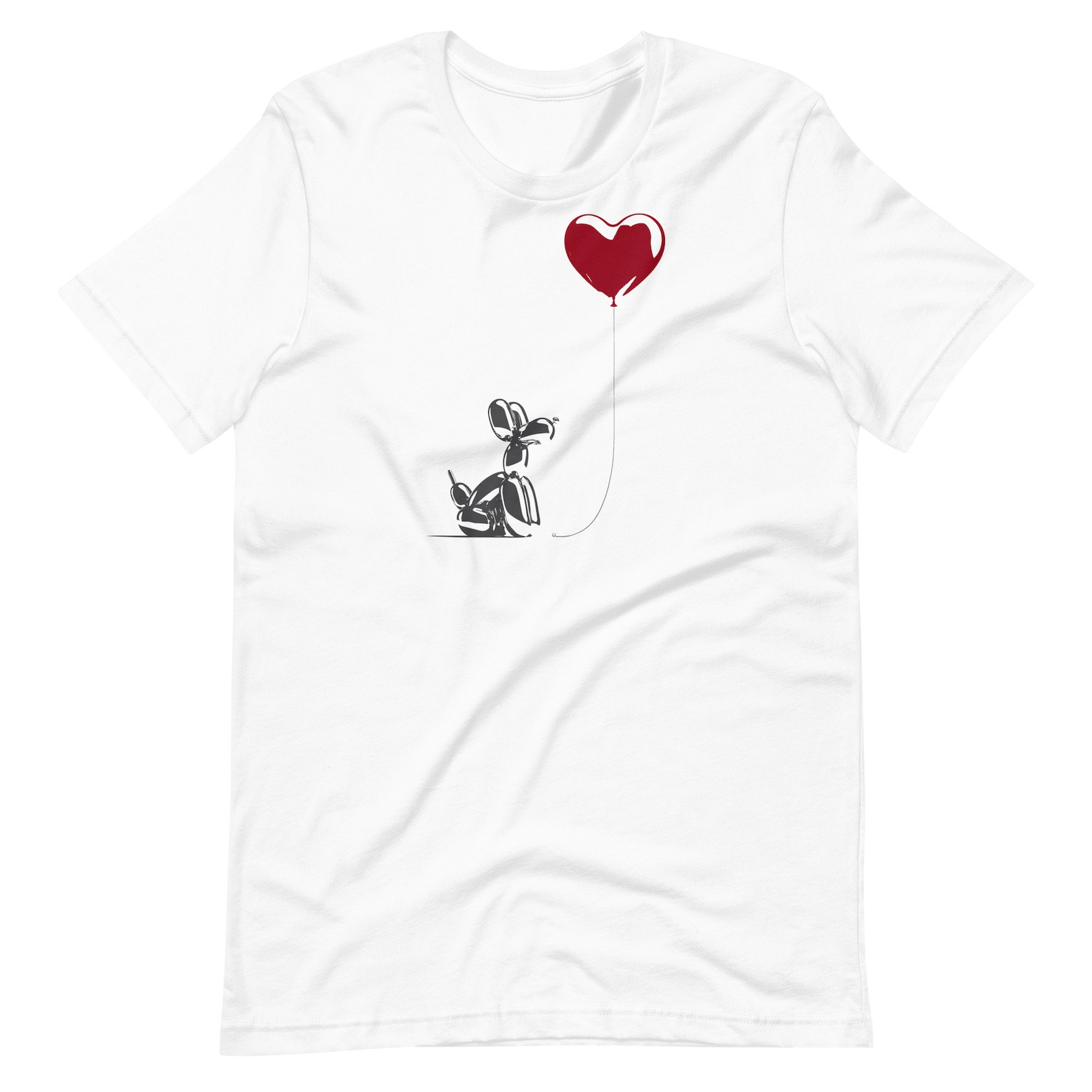Testosterone and aggression: Unveiling the subtle influences on human behavior
Explore how testosterone, cultural influences, and personal experiences intersect to shape aggressive behavior, as illustrated through two contrasting real-life incidents at a Walmart checkout line.

The role of testosterone in aggressive behavior: Real-life examples and scientific insights
Aggression takes many forms, from subtle verbal cues to overt actions. While hormones like testosterone play a crucial role, social and cultural factors are equally important in shaping aggressive behavior. Two real-life Walmart checkout incidents demonstrate how testosterone and environmental factors shape aggressive responses.
Two encounters at the checkout line
Incident one: A harsh outburst
In a light traffic hour at a Walmart store, two men above 50 found themselves at the self-checkout area. Both were of different nationalities, adding a layer of cultural diversity to the scene. The self-checkout setup, known for its confusing layout, left one man unsure if he was standing in the correct spot at the front of the queue. The second man, perceiving this uncertainty, grew increasingly frustrated, and unable to contain his irritation, he shouted harshly at the confused individual. The sharp exchange left a palpable tension in the air, highlighting how quickly misunderstandings can escalate.
Incident two: A moment of restraint
On a different day with similar traffic conditions, the same confusing self-checkout area became the stage for another encounter. This time, a woman around 40 years old was at the front of the queue, navigating the perplexing array of machines. A man above 50, again of a different nationality, waited behind her. The man remained patient as the woman darted from one machine to another, visibly struggling with confusion. Finally, he reassured her that the situation was confusing and calmly explained that she would be next. There was no irritated shouting or aggressive behavior; instead, the man calmly reassured her, preventing any escalation.
Analyzing the different reactions
While the exact motivations behind their behaviors are unknown, these incidents highlight key questions about the factors that influence aggression. Why did one man respond with hostility while the other maintained composure? Individual personality traits and cultural backgrounds may have played a role. Additionally, biological factors like testosterone levels could have influenced their responses. Testosterone fluctuations can significantly affect the intensity of aggressive reactions. While testosterone is a crucial factor, it's important to remember that other hormones, like cortisol and serotonin, also influence aggression. Cortisol, known as the stress hormone, and serotonin, a neurotransmitter linked to mood regulation, both play crucial roles in tempering aggressive impulses. An individual's past experiences and emotional baggage can heavily influence their reaction. Cultural norms, social expectations, and individual psychological factors shape how aggression manifests, adding layers of complexity to its understanding.
Testosterone's role in aggressive behavior
Testosterone, primarily associated with male physiology, has been widely studied for its link to aggressive behavior. The following insights are from the International Journal of Endocrinology and Metabolism paper "Testosterone and Aggressive Behavior in Man" by Menelaos L. Batrinos. Several key insights from this work explain the link between testosterone and aggression:
- Atavistic residues of aggression: In the animal kingdom, testosterone-driven aggression is crucial for survival and dominance. These primal instincts persist in humans but are often suppressed by familial and social inhibitions.
- Clinical observations: Studies show that individuals with higher testosterone levels may exhibit more aggressive behavior. For example, prisoners convicted of violent crimes often have elevated testosterone levels.
- Fluctuations vs. basal levels: Research suggests that fluctuations in testosterone may be more significant than baseline levels when it comes to aggression. Testosterone levels can rise during competitive situations or confrontations, heightening aggressive responses.
- Testosterone as a stress hormone: Rapid increases in testosterone during stressful situations have led some researchers to characterize it as a stress hormone, linking it further to aggression. The key takeaway is that it’s not just your baseline testosterone level, but also how much and how quickly it fluctuates, that drives aggressive behavior. When you encounter a challenging or competitive situation (like the tense checkout line at Walmart), your testosterone levels can surge rapidly. This surge, as part of the "fight or flight" response, can fuel aggressive behavior.
- Neuroimaging findings: Testosterone affects subcortical brain structures, such as the amygdala and hypothalamus, where emotions like aggression originate. It enhances emotional activity and diminishes the effectiveness of the prefrontal cortex, which typically restrains impulsive behavior.
This paper emphasizes that testosterone's role in aggression extends beyond physical traits, influencing behavioral patterns that are shaped by both biological and social factors. It further highlights how fluctuations in testosterone can influence aggressive behavior more than stable, baseline levels, and how testosterone interacts with hormones like cortisol and serotonin to either stimulate or regulate aggression.
The interplay of hormones and behavior
Aggressive behavior arises from a complex interplay between hormonal influences and brain function:
- Subcortical activation: Testosterone activates brain areas associated with emotional responses, which may increase aggressive tendencies.
- Cortisol and serotonin's antagonistic roles: Cortisol, commonly linked to stress responses, and serotonin, a neurotransmitter involved in mood regulation, counteract testosterone's effects. They promote cognitive control over impulsive behavior, helping individuals restrain aggressive impulses.
- Genetic factors: The number of CAG repeats in the androgen receptor genes can affect testosterone's action. Fewer CAG repeats lead to more active receptors, enhancing testosterone's effects, which may influence aggression levels. To better understand the genetic influence on aggression, imagine the androgen receptor as a docking station for testosterone. When testosterone connects to this docking station, it triggers changes in the body and brain, including those related to aggression. Now, imagine these docking stations come in slightly different versions. Some have a longer "entryway" (more CAG repeats), while others have a shorter one (fewer CAG repeats). It turns out that the length of this entryway can affect how easily testosterone can dock and exert its effects. If the entryway is shorter (fewer CAG repeats), testosterone can connect more easily and have a stronger influence, potentially leading to increased aggression.
This complex interplay of hormonal and genetic factors illustrates how aggression is influenced by both biological and external stimuli.
Conclusion
These Walmart incidents demonstrate the variability in aggressive responses to similar situations. While one man reacted with hostility, the other chose patience, showcasing the differences in human behavior. Testosterone undoubtedly plays a role in predisposing individuals to aggressive behavior by influencing brain centers associated with emotion and impulse control. However, it's essential to recognize that hormonal effects are just one piece of a larger puzzle, which also includes genetic factors, personal experiences, cultural norms, and situational contexts.
Understanding the biological underpinnings of aggression can inform strategies for managing such behaviors, emphasizing the importance of social structures and personal restraint in mitigating innate aggressive tendencies. As society continues to navigate the complexities of human interaction, acknowledging both the biological and social factors at play can lead to more compassionate and effective responses to conflict. Combining biological insights with social strategies allows us to create more effective approaches to conflict resolution. Taking a moment to breathe and calmly assess situations helps individuals manage aggressive impulses more effectively.












